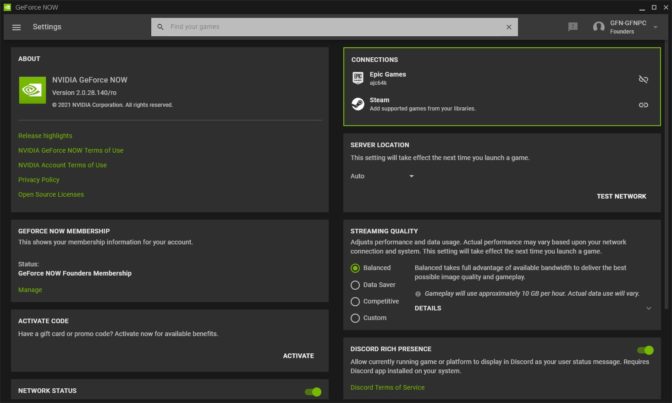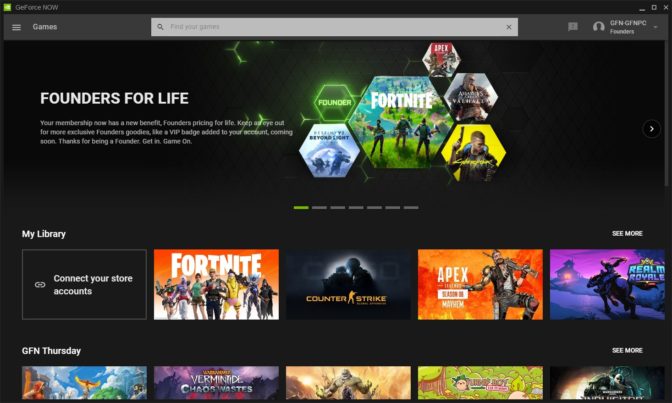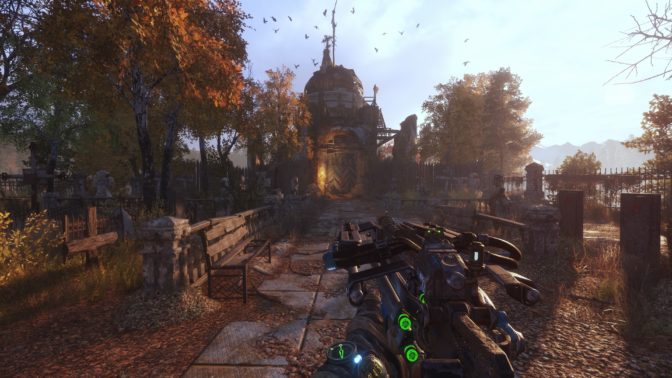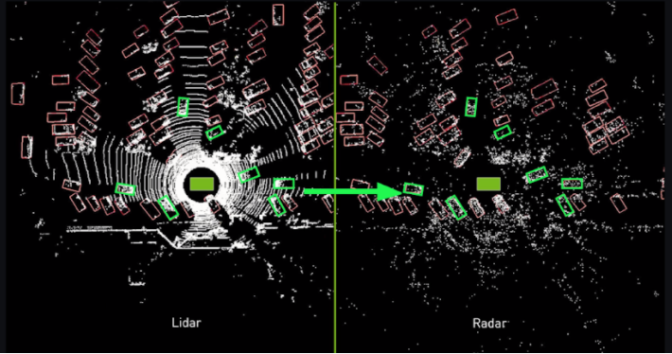Major tech conferences are typically hosted in highly industrialized countries. But the appetite for AI and data science resources spans the globe — with an estimated 3 million developers in emerging markets.
Our recent GPU Technology Conference — virtual, free to register, and featuring 24/7 content — for the first time featured a dedicated track on AI in emerging markets. The conference attracted a record 20,000+ developers, industry leaders, policymakers and researchers in emerging markets across 95 countries.
These registrations accounted for around 10 percent of all signups for GTC. We saw a 6x jump from last spring’s GTC in registrations from Latin America, a 10x boost in registrations from the Middle East and a nearly 30x jump in registrations from African countries.
Nigeria alone accounted for more than 1,300 signups, and developers from 30 countries in Latin America and the Caribbean registered for the conference.
These attendees weren’t simply absorbing high-level content — they were leading conversations.
Dozens of startup founders from emerging markets shared their innovations. Community leaders, major tech companies and nonprofits discussed their work to build resources for developers in the Caribbean, Latin America and Africa. And hands-on labs, training and networking sessions offered opportunities for attendees to boost their skills and ask questions of AI experts.
We’re still growing our emerging markets initiatives to better connect with developers worldwide. As we do so, we’ll incorporate three key takeaways from this GTC:
-
Remove Barriers to Access
While in-person AI conferences typically draw attendees from around the world, these opportunities aren’t equally accessible to developers from every region.
Though Africa has the world’s fastest-growing community of AI developers, visa challenges have in recent years prevented some African researchers from attending AI conferences in the U.S. and Canada. And the cost of conference registrations, flights and hotel accommodations in major tech hubs can be prohibitive for many, even at discounted rates.
By making GTC21 virtual and free to register, we were able to welcome thousands of attendees and presenters from countries including Kenya, Zimbabwe, Trinidad and Tobago, Ghana and Indonesia.
-
Spotlight Region-Specific Challenges, Successes
Opening access is just the first step. A developer from Nigeria faces different challenges than one in Norway, so global representation in conference speakers can help provide a diversity of perspectives. Relevant content that’s localized by topic or language can help cater to the unique needs of a specific audience and market.
The Emerging Markets Pavilion at GTC, hosted by NVIDIA Inception, our acceleration platform for AI startups, featured companies developing augmented reality apps for cultural tourism in Tunisia, smart video analytics in Lebanon and data science tools in Mexico, to name a few examples.
Several panel discussions brought together public sector reps, United Nations leads, community leaders and developer advocates from NVIDIA, Google, Amazon Web Services and other companies for discussions on how to bolster AI ecosystems around the world. And a session on AI in Africa focused on ways to further AI and data science education for a community that mostly learns through non-traditional pathways.
-
Foster Opportunities to Learn and Connect
Developer groups in emerging markets are growing rapidly, with many building skills through online courses or community forums, rather than relying on traditional degree programs. One way we’re supporting this is by sponsoring AI hackathons in Africa with Zindi, an online forum that brings together thousands of developers to solve challenges for companies and governments across the continent.
The NVIDIA Developer Program includes tens of thousands of members from emerging markets — but there are hundreds of thousands more developers in these regions poised to take advantage of AI and accelerated applications to power their work.
To learn more about GTC, watch the replay of NVIDIA CEO Jensen Huang’s keynote address. Join the NVIDIA Developer Program for access to a wide variety of tools and training to accelerate AI, HPC and advanced graphics applications.
The post AI Gone Global: Why 20,000+ Developers from Emerging Markets Signed Up for GTC appeared first on The Official NVIDIA Blog.











